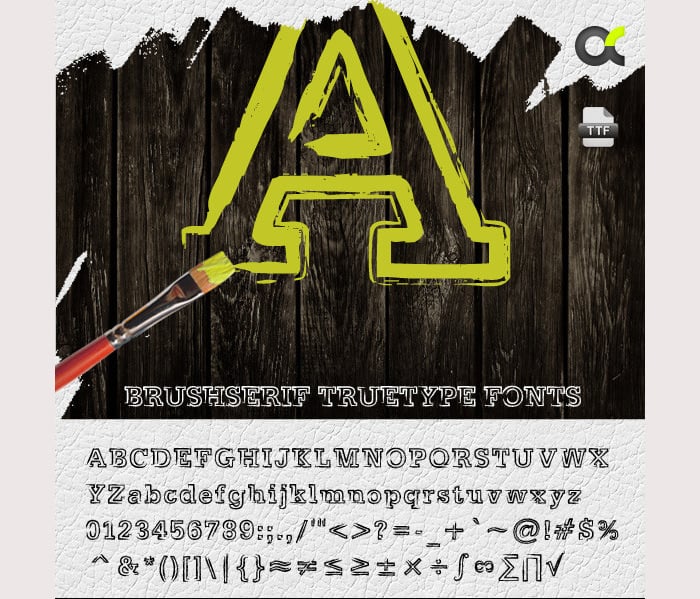

Strictly speaking, it refers to the Compact Font Format, which is used in the compression processes for the Type2 fonts. TTF stands for TrueTypeFont and indicates that the font data is the same as in the TrueType fonts. In contrast, the TrueType format uses quadratic Bézier curves and can give very detailed instructions to the renderer for hinting.īecause a conversion of both formats is possible, but can also cause problems, OpenType fonts still contain both formats. In addition, the font renderer is provided with important hinting information for the on-screen display – this takes place with rather coarse instructions and the actual work is left up to the font renderer. The Type1 format’s outlines use the cubic Bézier curves.

By 2003, it began to replace two competing formats: the Type1 fonts, developed by Adobe and based on postscript, and the TrueType fonts, specified by Microsoft and Apple.

The OpenType format was formulated in 1996. The difference between so-called CFF and TTF-flavored OpenType is best explained with a look at the digital history of fonts.


 0 kommentar(er)
0 kommentar(er)
